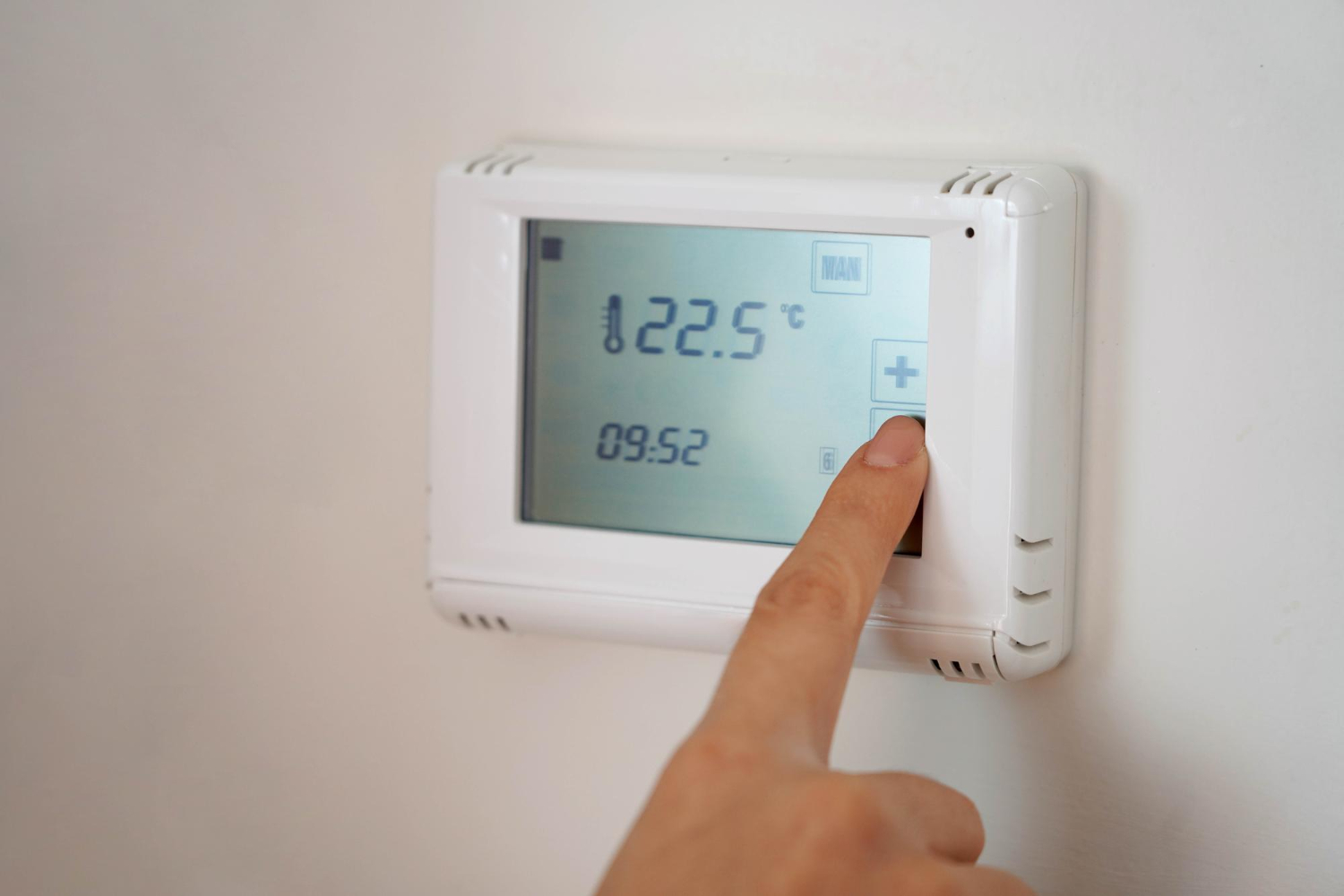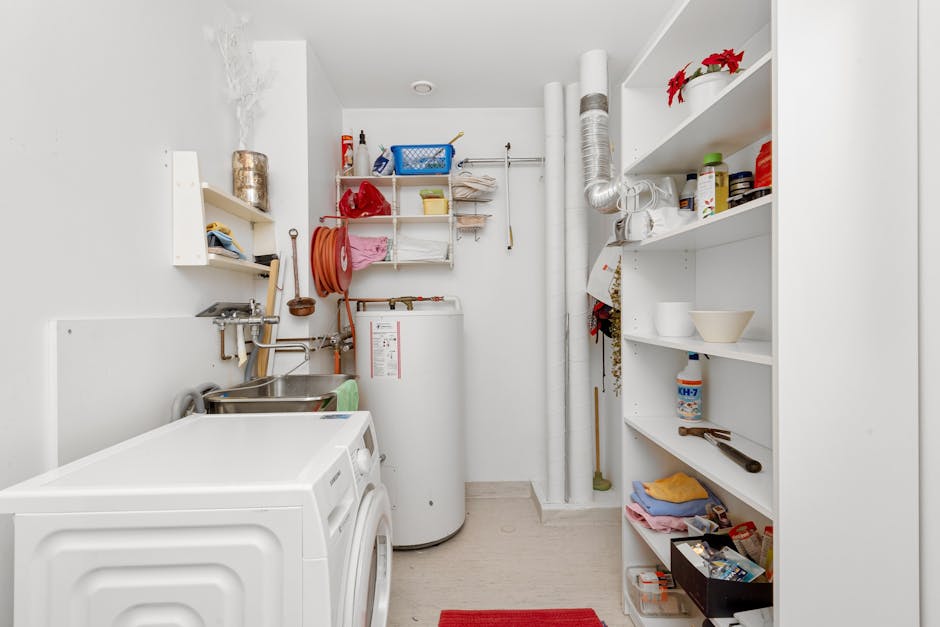When summer temperatures rise in Upper St. Clair, your home depends on your air conditioning system to keep each room comfortable and consistent. At the center of that operation is a small but important component: your thermostat. This device controls when your air conditioner turns on or off and helps maintain your desired indoor temperature. Even though it might seem like a minor part of the system, when it stops working right, the entire AC setup can struggle.
Homeowners sometimes overlook bad thermostat performance, thinking the problem is with the AC unit itself. But a faulty thermostat can make your home feel warmer than it should be, cause constant cycling, or force the system to stop working altogether. If you’re dealing with uneven temperatures or your cooling suddenly doesn’t match your settings, your thermostat might be the part to focus on first.
Common Signs Your Thermostat Isn’t Working Right
If your thermostat is faulty, it may show problems that seem like general AC issues. These signs often cause confusion but tend to follow clear patterns. When you notice something isn’t quite right with how your home is cooling, these are some things to check first:
1. Inconsistent Temperature Readings
Rooms don’t feel as cool as the temperature displayed? If your thermostat says 72 degrees, but it feels closer to 78, there’s a good chance what it's sensing isn’t accurate. Faulty internal sensors can give your system bad information, causing it to run too much or not enough.
2. The Thermostat Doesn’t Respond
You press buttons or change settings, but nothing happens. This can be due to electrical issues, wiring damage, or worn-out parts inside the thermostat. If screen lights or touch controls don’t react right away, there’s likely a disconnect between the thermostat and your AC.
3. Short Cycling
A working system should run consistently for a while before turning off again. If you notice short bursts of activity followed by quick shutdowns, your thermostat may be cutting off the unit too soon, which wears down equipment faster and fails to cool your home properly.
4. The AC Doesn’t Turn On or Off
If your system is too slow to respond each time the temperature rises or falls, the thermostat might be sending weak or no signals. This situation is where many Upper St. Clair homeowners assume their AC is completely broken, but the thermostat is actually the source.
5. Display Issues
Flickering screens, blank displays, or strange temperature readings that keep changing are all signs of a failing device. When the screen doesn’t show consistent numbers or loses power on and off, it affects the system’s ability to work as expected.
Even something as small as moving furniture near the thermostat may give it poor temperature readings, especially if airflow becomes blocked. In one Upper St. Clair home, a decorative shelf above the thermostat trapped heat from wall lighting, making the system run longer than needed throughout the evening.
Identifying early signs can stop the situation from getting worse and protect the system from unnecessary wear.
How Thermostat Issues Impact Your AC System
A thermostat fault doesn’t just affect comfort. It also changes how hard your HVAC system has to work. If the signals are wrong or inconsistent, other parts of your cooling system begin responding with the wrong timing or intensity. Over time, this can become more than just a small irritation.
Here’s how poor thermostat function can put your system under stress:
- Lower Efficiency
The air conditioner may run too long or not long enough. Either case wastes power, and forcing the system to fix temperature swings often leads to overheating or overuse.
- Higher Energy Bills
When your system works overtime to compensate for missed or delayed thermostat cues, the utilities reflect that extra output. What should be a simple cooling cycle can turn into a constant energy drain.
- Uneven Cooling
One room may feel comfortable, while another feels warm and stale. The thermostat might not be accounting for differences between zones in your home, especially if it’s located in a hallway or an area that cools faster than the rest of the house.
If performance across multiple rooms seems unpredictable, or rooms don’t recover from heat as quickly as before, the thermostat likely isn’t keeping a strong link with your AC unit. Fixing this issue early can prevent other parts of your system, like the air handler or compressor, from running harder than they need to.
When you notice these signs, treating them as temporary problems could lead to more repairs down the line. The thermostat acts as the brain of the system, and when it sends out weak or confused directions, your AC won’t keep up the way it should.
Steps to Diagnose a Faulty Thermostat
Before assuming your air conditioner is the problem, it helps to go through a few basic checks to determine whether your thermostat is causing the issue. While serious thermostat problems need professional attention, there are a few signs that homeowners in Upper St. Clair can recognize by looking at the device itself.
Start with these steps:
- Check the Thermostat’s Display and Settings
If your screen is dark or frozen, the device may not be powered properly. Try replacing the batteries if it's a battery-powered model. For wired models, make sure the system’s circuit breaker hasn’t tripped. Once the screen comes back on, confirm the AC mode is selected and that the temperature is set a few degrees below the room temperature.
- Verify Power Sources and Wiring
Thermostats depend on a steady connection to the rest of your HVAC system. If you recently had electrical work done or bumped the thermostat while cleaning the wall, loose wiring could interrupt the connection. It’s best not to open the cover without experience, but if the wiring appears damaged, this likely confirms the need for repair.
- Test the Thermostat’s Accuracy
Place a simple thermometer a few feet away from the thermostat, away from vents and direct sunlight. After 15 minutes, compare the two temperature readings. If there's a gap of several degrees, your thermostat isn't reading air conditions accurately and is probably turning the AC on or off at the wrong times.
If you’re still unsure after these checks, let a qualified technician take a look. Trying to self-correct wiring or circuit problems can do more damage, especially with older systems. Catching these problems early helps avoid unnecessary breakdowns and expensive repairs down the line.
Why Professional Repair Is Necessary
Thermostats may look simple, but they control a lot more than temperature. They interact with your system’s blower, condenser, and sometimes your home’s ventilation schedule. If any of those features are controlled improperly, comfort levels drop and wear on your air conditioner speeds up.
Our professionals use diagnostic tools that accurately pinpoint whether the thermostat is sending signals at the right time and in the proper range. This is especially helpful when symptoms come and go or if your AC is cycling randomly. A full inspection helps make sure no other parts, like relays or sensors, are affected by ongoing thermostat problems.
There’s also an added risk that comes with replacing the thermostat yourself. Even if you're able to get a new unit installed, mismatching it with your system's requirements could lead to more problems later. A thermostat designed for one type of setup won’t properly manage a system that needs different communication signals. Our technicians make sure the replacement matches your HVAC equipment so it performs at the right level and keeps your home cool without overworking.
In many cases, what seems like a minor issue can lead to stress on other parts of your system. That’s why proper repair or replacement isn't just about fixing one device. It’s about keeping the whole setup stable and working as it should through the rest of the season.
Keeping Thermostats and AC Systems Reliable in Upper St. Clair
When outdoor temperatures stay high throughout the summer in Upper St. Clair, even a few degrees of discomfort indoors can be frustrating. That frustration grows when the thermostat works off and on or when minor cooling problems turn into system breakdowns at the worst possible time.
Regular inspections help prevent those issues before they become emergencies. If your thermostat hasn't been checked in over a year, or if you're noticing signs like inconsistent temperatures or irregular cycling, it may be time to schedule a professional visit. Keeping temperature settings accurate doesn't just improve comfort. It lowers the chance of breakdowns and keeps your cooling system balanced.
With the right care, your thermostat becomes a dependable part of your home’s comfort system again. And with expert help, most issues can be fixed quickly before the hot weather causes more stress on your AC. For residents in Upper St. Clair, staying ahead of thermostat issues goes a long way in making summer cooling as smooth and consistent as possible.
If your home in Upper St. Clair is experiencing inconsistent cooling or your thermostat isn't functioning as it should, professional AC repair in Upper St. Clair can help restore comfort and efficiency. Trust Sureway Heating Cooling Plumbing to deliver expert diagnostics and long-lasting solutions. For a quick estimate or to book a service visit, please contact us today.




























.avif)



